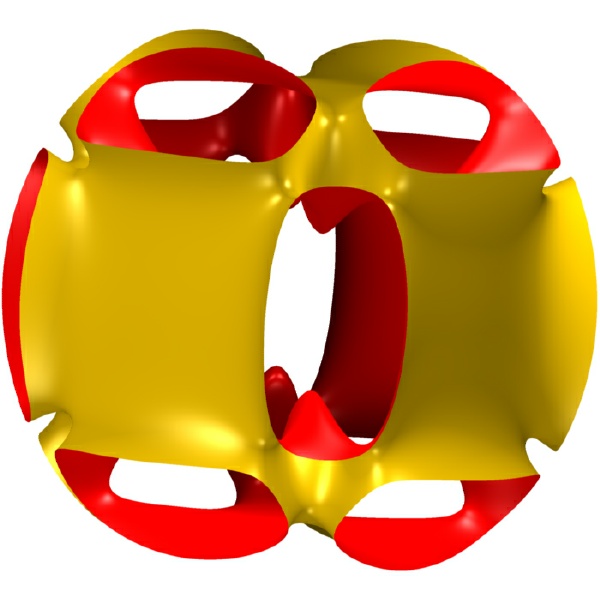New developments in the areas of motion planning, computer-aided design and algebraic geometry aim to help in the identification of situations in which a collision may occur for a robot and the planning of an optimal motion path. Algebraic methods for the control of robot motions are being used for the first time in combination with numeric and geometric methods.
These limitations partly result from the mathematical approaches that are chosen for the calculation of the motion patterns.
"Safe means that a robot does not collide with its environment or with itself while performing its tasks. It also has to avoid what we call dangerous areas. This does not, however, involve physically present obstacles, but positions in the proximity of which the robot cannot be controlled due to geometric reasons, and thus may become dangerous. In robotics, we also call these areas singularity," said Prof. Hans-Peter Schröcker at the Faculty of Civil Engineering of the University of Innsbruck .

Credit: FWF
Developing new mathematical methods aims at ensuring not only that robots optimally avoid "dangerous" areas, but also that they carry out motion sequences as efficiently as possible; in this context, efficiency can mean "using the shortest route" or "quickly", "elegantly" and "in an energy-saving manner".
When calculating the necessary paths, possible collisions and "dangerous" areas must be considered, as Schröcker explains, "The calculations can be thought of as connecting points in space by means of smooth curves which remain sufficiently far away from the areas that are to be avoided. Developing adequate methods for doing so is an essential objective of this FWF project that will combine fundamental mathematics and practical use."





Comments